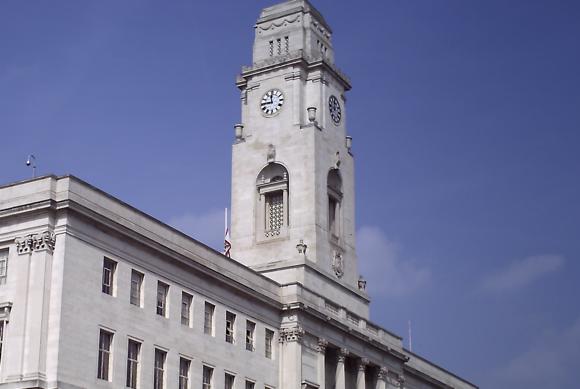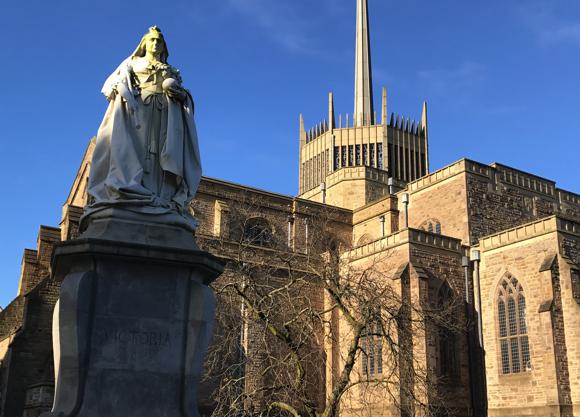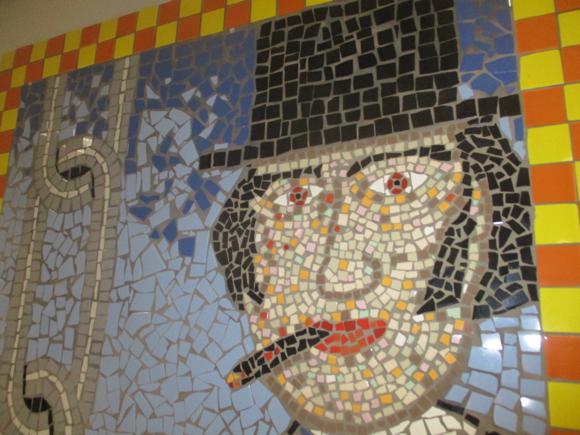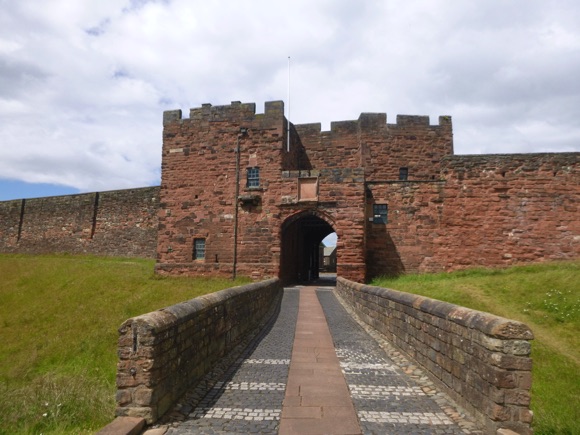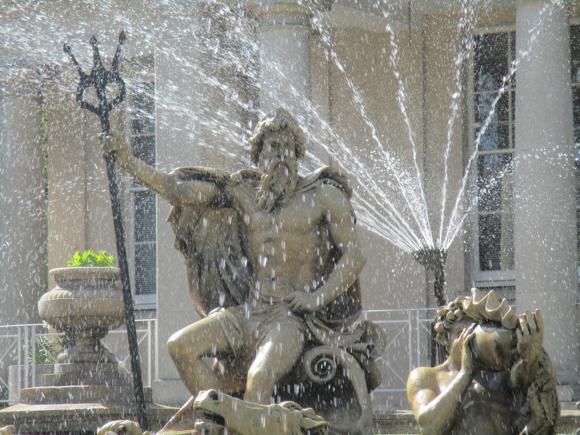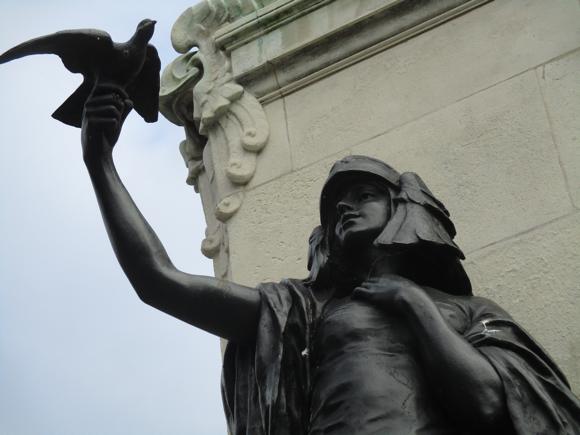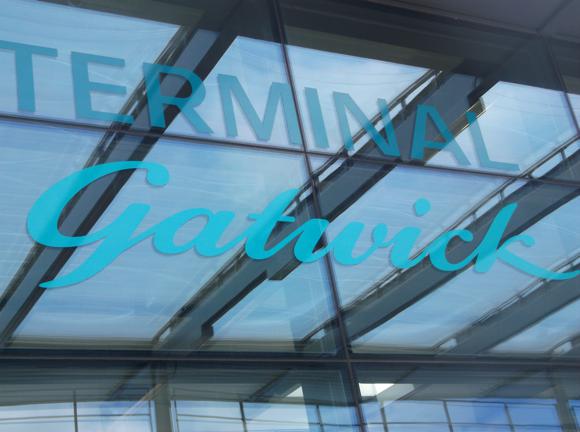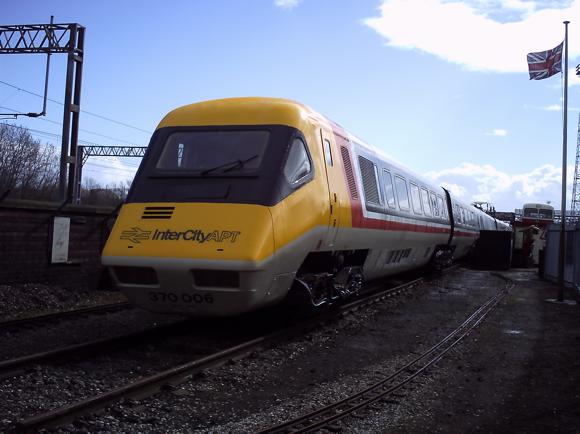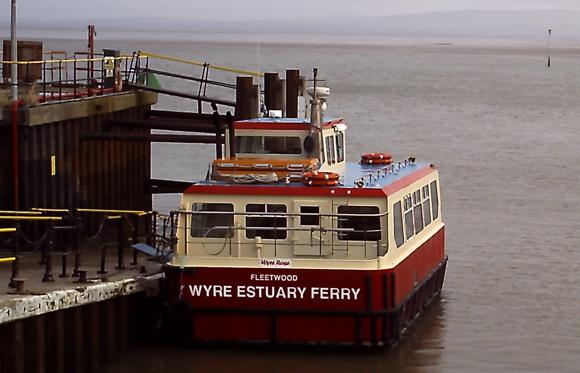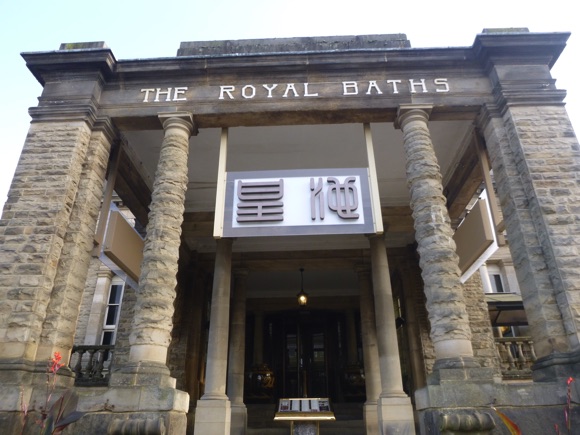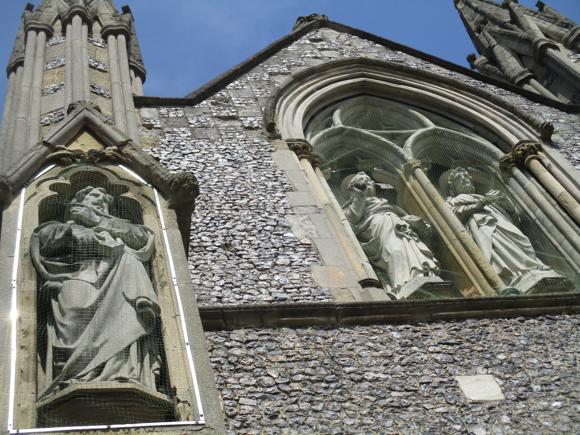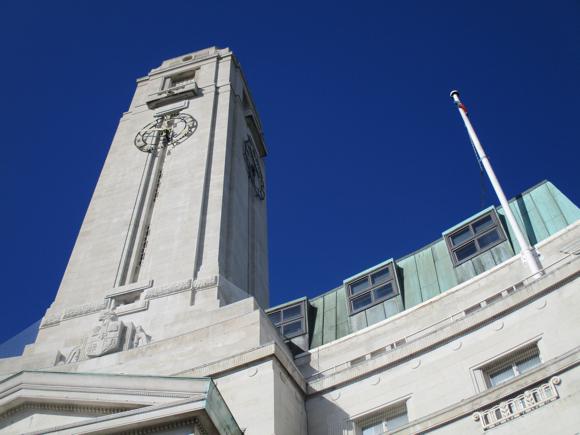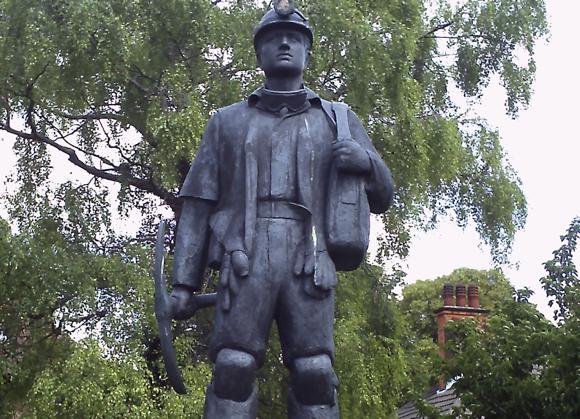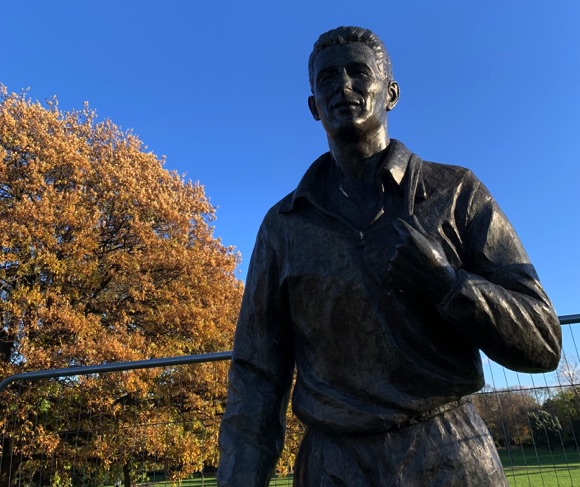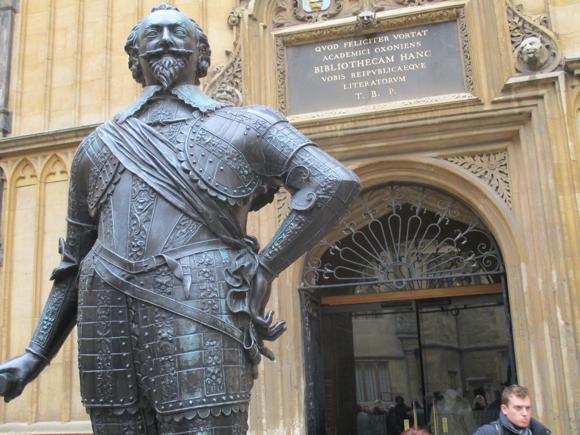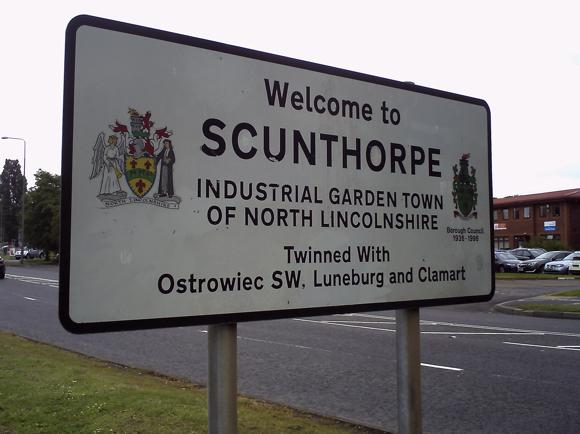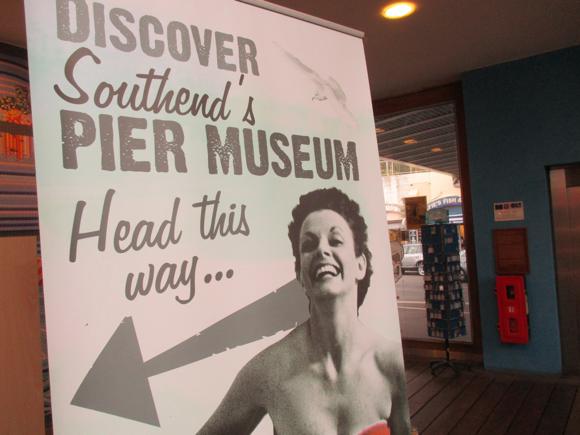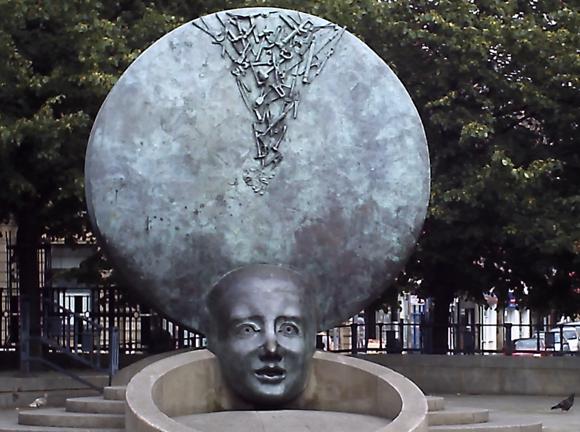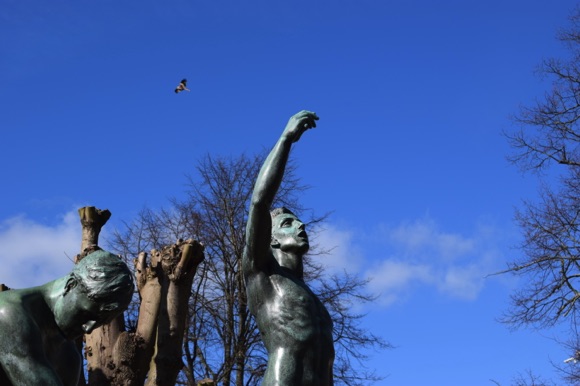Teams, tales and tips – a guide to the local game
Like nearby Sheffield the other side of the M1, Rotherham was built on steel. Like Sheffield, football in Rotherham was centred on two clubs, in this case Town and County.
But, unlike Sheffield, these two clubs merged – and the resultant Rotherham United have never won any major silverware.
In fact, Rotherham have never reached the top flight, and stints in the second tier have mainly involved struggles in its lowest placings. Relegation in 2021 came after yet another one-season stint.

On the plus side, United are based at the new-build New York Stadium, after four years of homelessness and uncertainty. It stands on the site of the former Guest & Chrimes foundry that supplied the Big Apple with its distinctive fire hydrants.
Of the two forebears prior to the 1925 merger, Rotherham County were the most prominent. Formed as Thornill in 1870, County had been based at the Millmoor ground that United not only occupied, but which bequeathed the new club its nickname, the Millers.
Midland League champions four years running from 1912, County joined the Football League Division Two immediately after World War I, and stayed there for four years. When it came to swapping their black-and-white shirts for the yellow ones of Rotherham United, County were bottom of the Third Division (North).
The amalgamation of 1925 was a necessity – County were facing re-election. Combining with Rotherham Town successfully convinced the Football League that a new, stronger club would be a more viable option.

Town’s history is far more convoluted. County’s new partners had been formed in 1899 – three years after a previous Rotherham Town had folded.
Originally founded as Lunar Rovers in 1878, this earlier Rotherham Town have two major claims to fame. First, they were the opponents in the first ever match involving Liverpool FC, a friendly in 1892. Second, around the same time, they had on their books Britain’s first black professional, Arthur Wharton, who also ran a local pub, the Albert Tavern, close to Millmoor and today’s New York Stadium.
Wearing the same red shirts that United would adopt in the late 1920s after the unwise initial choice of yellow, Town would become Rotherham’s first representatives in the Football League, playing three seasons in Division Two before their collapse in 1896.
Known first as Rotherham FC, Rotherham Town Mark II were, like County, playing in the Midland League through the early 1900s. Unlike County, they never won it, finishing runners-up twice, once to County themselves in 1912.

County had moved into the newly built Millmoor in 1907, set on a former flour mill near the River Don. In 2007, Millers fans celebrated its centenary just as the club was at its lowest ebb, having entered administration the year before.
In 2008, Rotherham were forced to leave the old ground, which hosted the first Football League Cup final, the first leg of United’s 1961 tie with Aston Villa.
For four years, United rented the Don Valley athletics stadium, on the Sheffield side of M1, where Jan Železný had set the world javelin record in 1993. After the Millers moved to the New York Stadium in 2012, close to Millmoor, Don Valley was knocked down.
A month after the new arena staged Rotherham’s first international, a win for England under-18s over Germany in April 2014, United’s Adam Collin performed goalkeeping heroics at Wembley to take the Millers back to the second flight after ten years.
As for Millmoor, its owners are local recycle firm CF Booth, whose sign hangs over the ghostly stadium, floodlights, half-finished main stand and all. A plan to break up Tube trains on the site may yet come to fruition but staging live sport on the long-abandoned site is now out of the question. In 2011, the company failed to persuade the Titans rugby union club to make Millmoor their main ground, so the fourth-tier side stayed at Clifton Lane. A cricket ground in summer, this was where the original Rotherham Town football club played in the Victorian era.
Getting Around
Arriving in town, local transport and tips

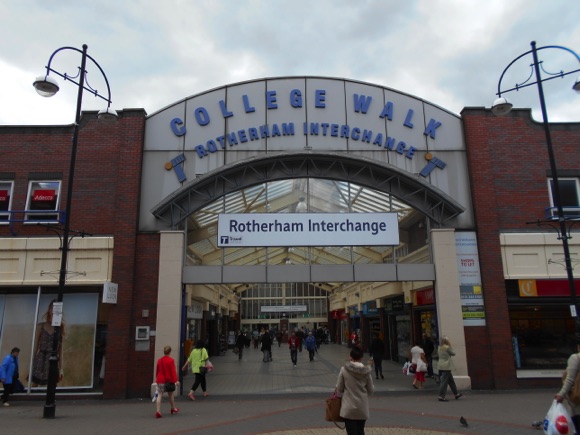

Doncaster Sheffield Airport is the nearest airport to Rotherham, 29km (18 miles) away. First Bus 57c runs to Doncaster Interchange (£3, South Yorkshire day pass £5 on board, Mon-Sat every 30mins, Sun every hr, journey time 25mins), a 5min walk to Doncaster station on the western edge of the town centre. From there, an hourly train to Rotherham Central (£5.50) takes 20mins.
Add a Doncaster PlusBus pass (£4) to the price of your train ticket and you can use all local transport in South Yorkshire for the rest of the day.
Nearly all trains from London Kings Cross (cheapest online advance single £40-£50) require one change at Sheffield, overall journey time 2hrs 15-30mins, the same from Birmingham (£60). From Manchester Piccadilly (£25, 1hr 30mins), also change at Sheffield.
It’s a short walk from Rotherham Central to both town centre and stadium. Rotherham Interchange bus station is nearby, on the northern edge of the town centre.
Local buses for Rotherham have separate ticketing networks for each main company – Travel South Yorkshire has details.
A1 Taxis (01709 555 555) are based close to Rotherham Central station and the New York Stadium, and provide airport transfers, even to/from London. Return price for Doncaster-Sheffield is £60.
Where to Drink
The best pubs and bars for football fans

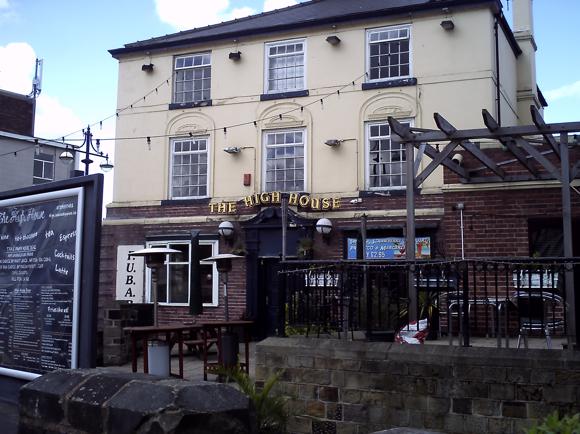



Rotherham town centre is mainly given over to retail, dotted with the odd chain pub and, around the fringes, more traditional places. These include the High House, where Moorgate Street meets Ship Hill, a pleasant pub with a big screen for TV football and a front terrace.
Nearby in Imperial Buildings, the Sports Box hopes to be the first of a successful of local bar attuned to match action, with eight huge screens and drinks promotions. For the most extensive range of beer and real ciders, the quirky Three Cranes Inn opposite dates back to 1470 and remains the oldest secular building in Rotherham. A pub until 1907, in more recent years it operated as an antiques shop and now serves all kinds of cask ales on a frequently changing basis.
Also close, The Bluecoat is the last Wetherspoons pub left in town – both The Corn Law Rhymer and Rhinoceros had to be sold in recent years.
Up on Bridgegate, regulars gather at The Angel and The County for affordable drinks and sport-watching just over the Don from Rotherham Central station.
Where to stay
The best hotels for the ground and around town


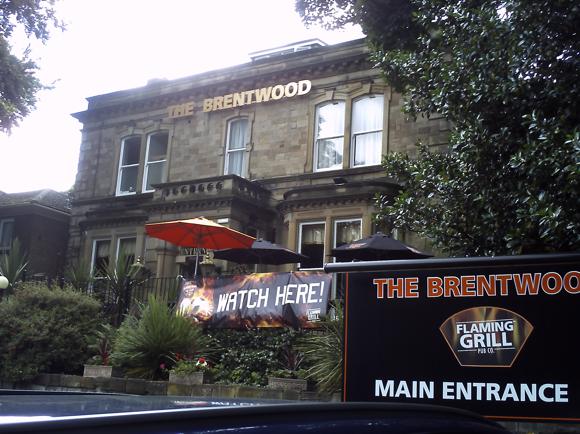

Visit Rotherham has a database of local accommodation.
The nearest lodging to the ground is the 36-room Prince of Wales Hotel (9 Princes Street, 01709 551 366), with a bar and TV sport – and in long need of a revamp. Close by, on College Road, the Corona Hotel Rotherham is a slightly better budget choice.
Near the Minster in town, the George Wright Boutique Hotel is chintzy enough to hold many a wedding but modest enough to charge well under £100 for a standard double. Most guests come here to dine rather than take advantage of its seven rooms.
Other hotel stock is located on and off Moorgate Street/Road that leads south from the town centre, pretty much walking distance to/from the stadium. The nearest to the New York is the affordable Netherleigh Guest House, a self-catering arrangement of ten rooms in a Victorian building.
Further down Moorgate Road, the family-friendly Brentwood occupies a large, statuesque property in its own wooded grounds with a Flaming Grill restaurant on-site.
Just north of the town centre, the modern, functional Fitzwilliam Arms Hotel comprises 40 bedrooms, a large bar, restaurant and games room. Outside stretches the Roundwood golf course. Buses 141/142 go to and from Rotherham town centre every 30mins-1hr or a taxi would take 5mins.



